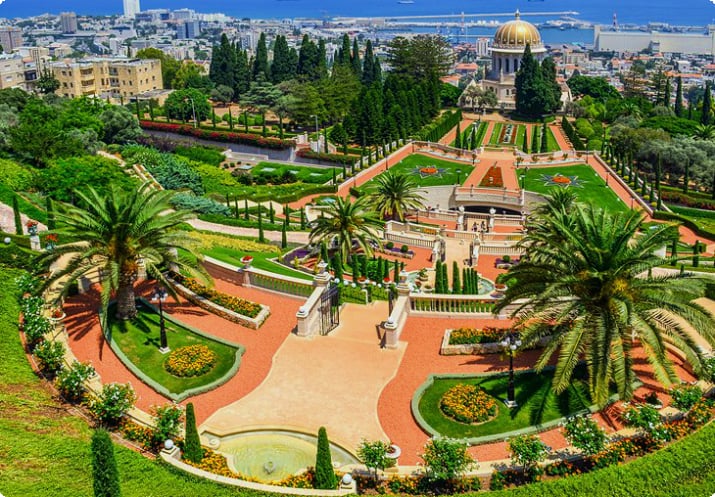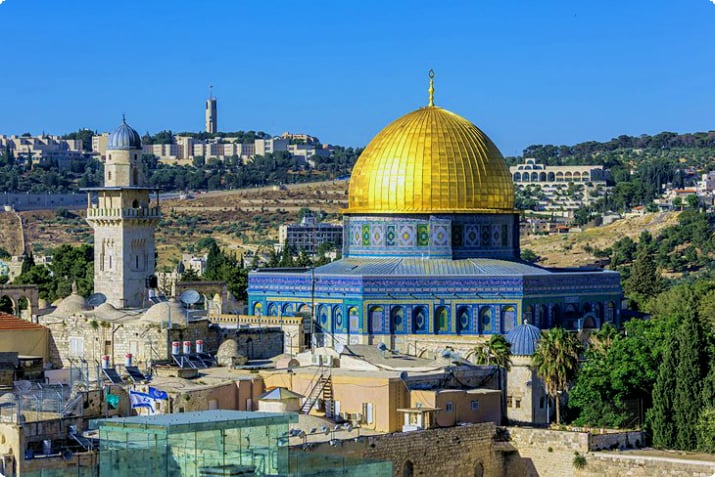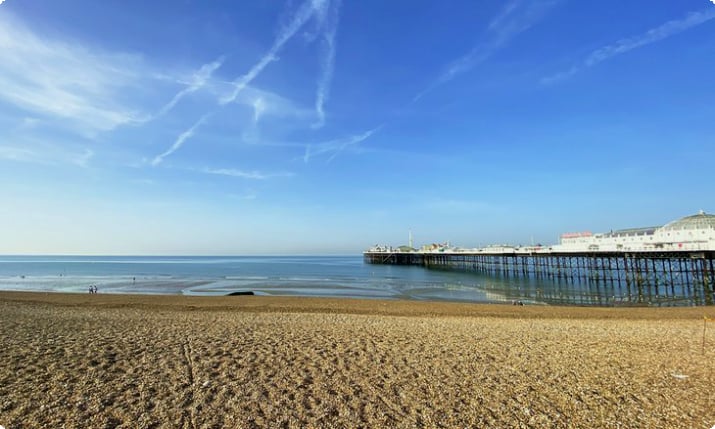Mount Tabor: A Sacred Summit
Mount Tabor holds a special place in Christian tradition as the site of Jesus' Transfiguration, drawing pilgrims since the Byzantine era. The current church complex, atop the remains of a Byzantine predecessor, is a key attraction.
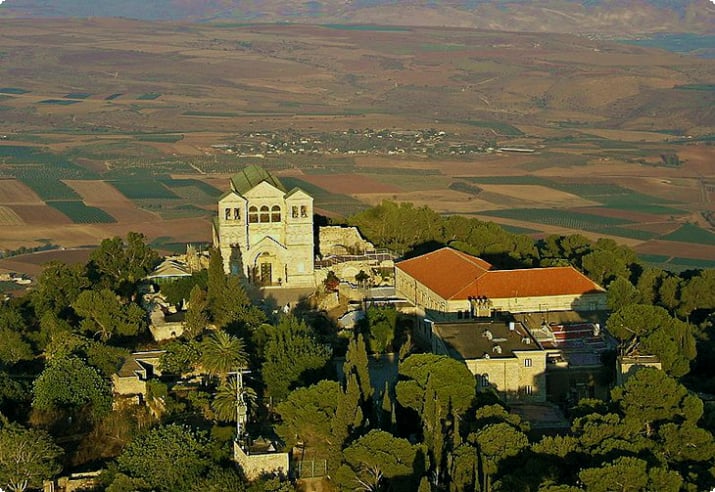
For those with no religious inclination, the summit's panoramic views of the Jezreel Plain are a major draw, especially during spring's wildflower bloom.
Visitors typically reach the summit by rental car.
Church Complex
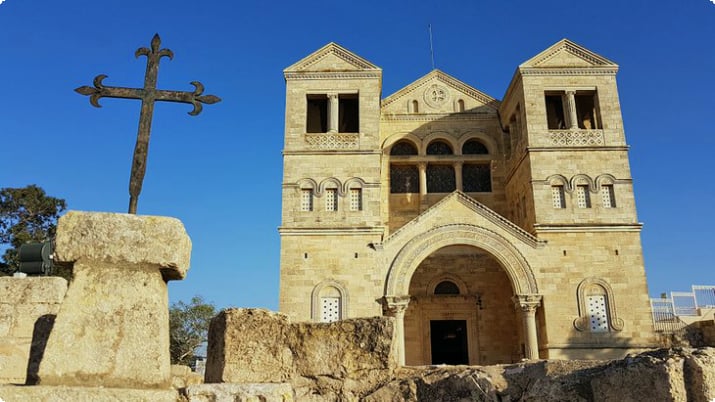
The Franciscan Monastery and the Church of the Transfiguration are central to Mount Tabor's Christian sites. The church's light-colored limestone and monumental exterior reflect Syrian architectural traditions from the 4th to 6th centuries.
The interior features wide-spanned arches and clerestory columns, with three grottoes representing the shelters Peter wished to build during the Transfiguration. The Grotto of Christ, the mosaic of the Transfiguration, and two additional chapels adorned with ancient mosaics are notable features.
Mount Tabor Viewpoint
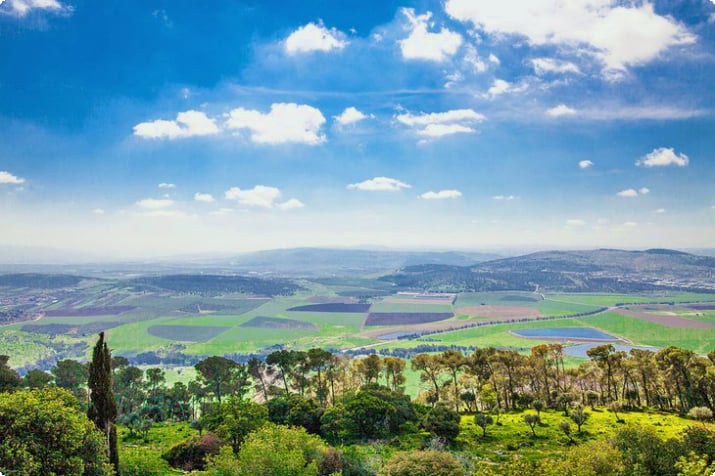
The summit offers stunning views of the Jezreel Valley, Nazareth, the West Bank, the Jordan rift valley, and Galilee.
Hiking Trail at Mount Tabor
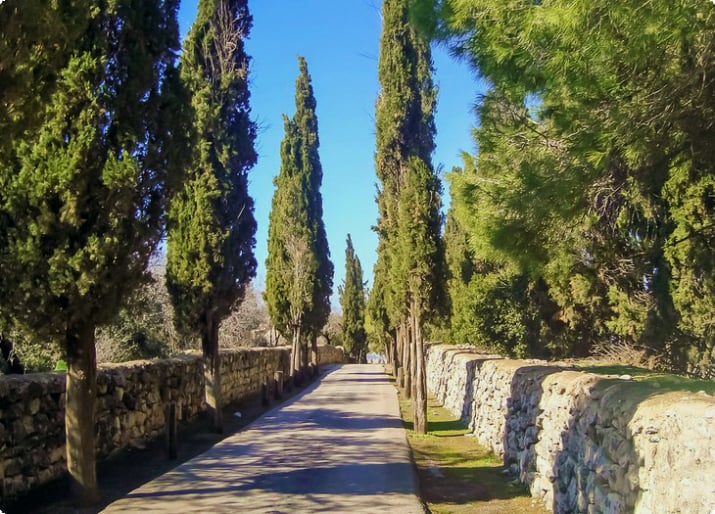
The Shvil HaYa'aranim Trail and another trail circling the mountain provide scenic hiking opportunities for those seeking outdoor activity.
Tips and Tactics: How to Make the Most of Your Visit to Mount Tabor
- Carry water and sunscreen if hiking.
- Adhere to modest dress codes for church entry.
- The summit road is unsuitable for large vehicles.
Getting to Mount Tabor
- Access the summit via sign-posted roads from the Afula-Tiberias road, either through Kefar Tavor or Dabburiya village.
History of Mount Tabor
Mount Tabor's history spans from a Canaanite shrine for Baal to a strategic location in the biblical battle led by Deborah and Barak. Its Christian significance began in the 4th century with the Transfiguration of Jesus, influencing Eastern Christian theology and iconography. The site hosted early churches, a bishopric, and was a pilgrimage and fortress site during the Crusades. The Franciscans established a monastery in 1631, and the Greek Orthodox built a church in 1911. The current Franciscan church was constructed in 1921-23.


